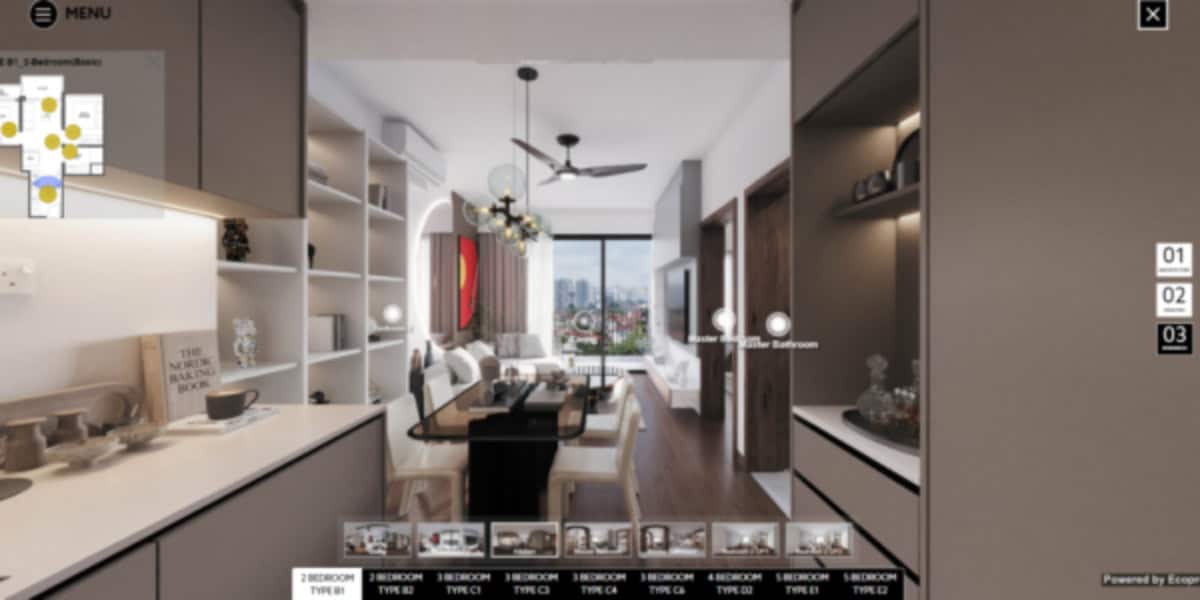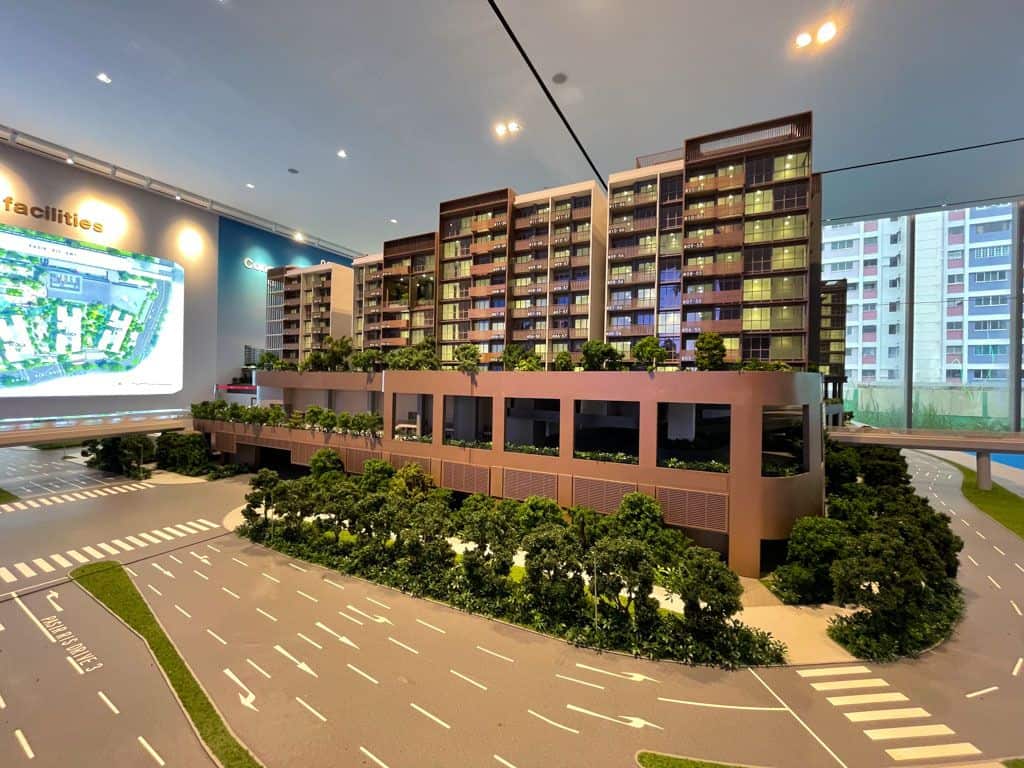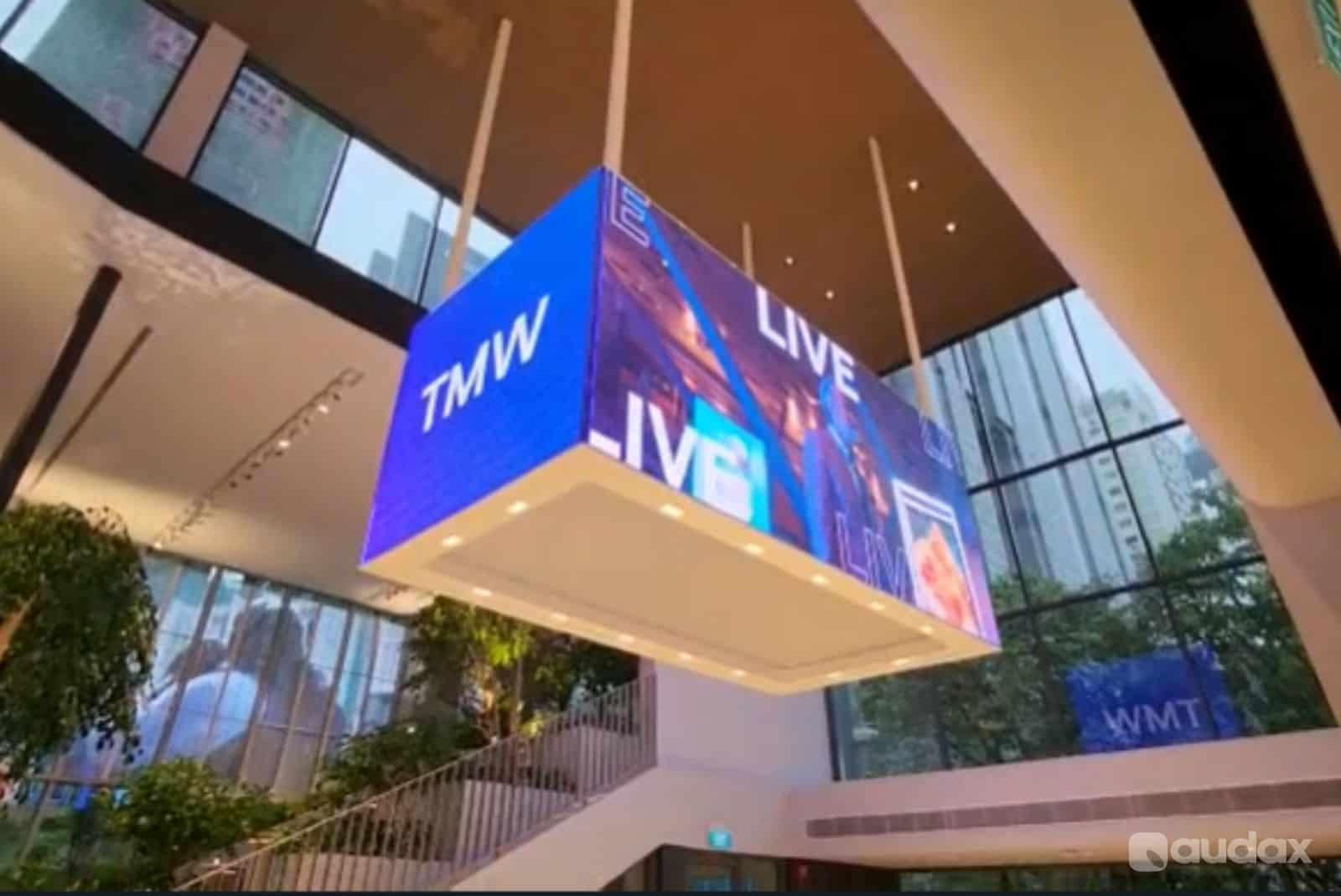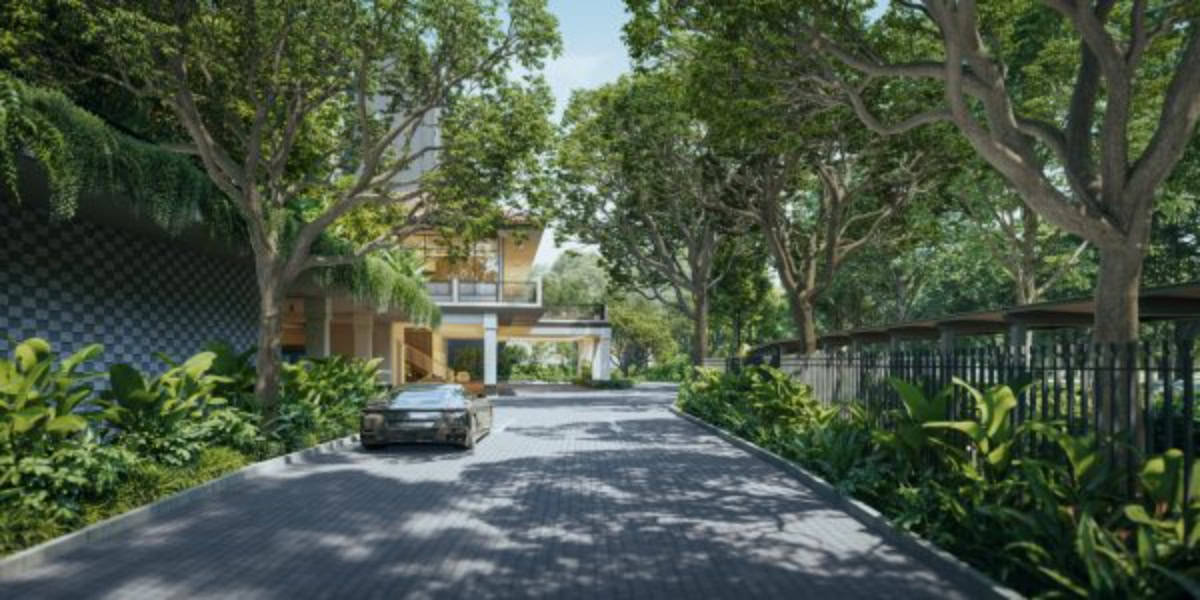
Exploring the Potential of 3D Visualization for Space Planning
Exploring the Potential of 3D Visualization for Space Planning
Understanding the Fundamentals of 3D Visualization
To unlock the immense potential of space planning tools, it’s essential to grasp the basics of 3D visualization. This technology empowers you to perceive a space from all perspectives, offering a lifelike representation of its look and feel. With the ability to manipulate elements within a virtual environment, 3D visualization provides invaluable insights into spatial relationships and functionality, surpassing the limitations of traditional flat designs. Advanced features such as lighting effects and texture mapping further enhance the realism of models, enriching the planning process.

Precision in Design
The seamless integration of 3D visualization tools with other software systems is emblematic of their advanced capabilities in space planning. These tools often support the import and export of data across various formats, facilitating effortless integration into existing workflows. Integration with building information modeling (BIM) systems further enriches the planning process by incorporating additional data layers such as cost estimates and material specifications.
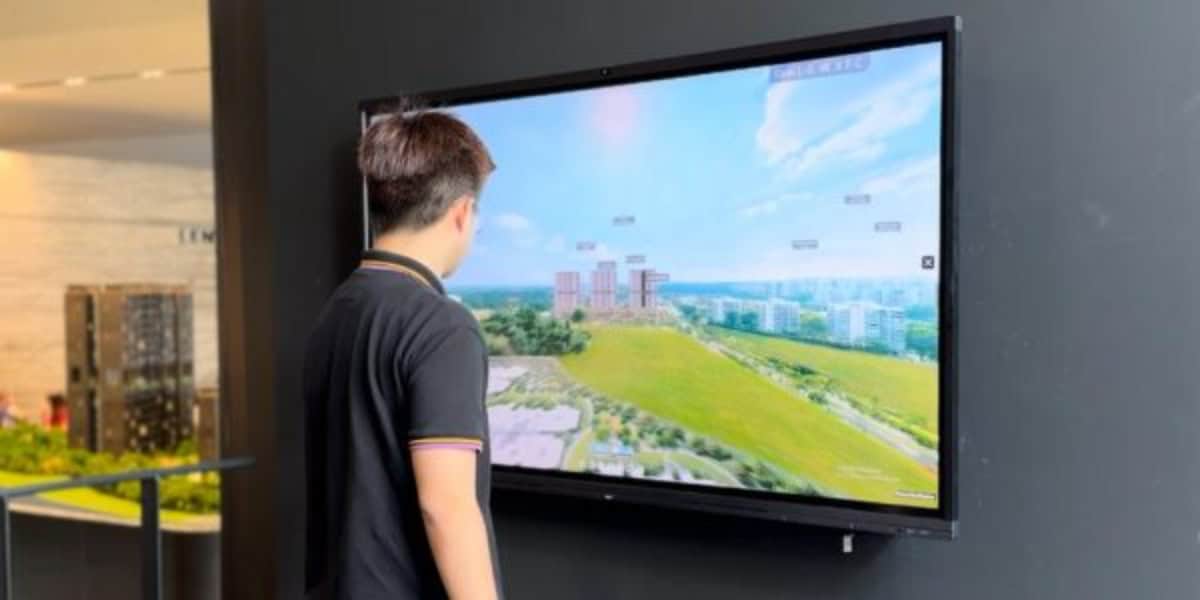
Precision plays a pivotal role in effective space planning. Advanced 3D visualization tools boast meticulous detail, enabling precise placement and adjustment of elements within virtual environments with remarkable accuracy, down to the millimeter. This level of precision aids in identifying and addressing potential issues preemptively, thereby saving both time and resources. Additionally, these tools simulate the impact of natural and artificial lighting at different times of the day, offering a comprehensive understanding of the envisioned space.
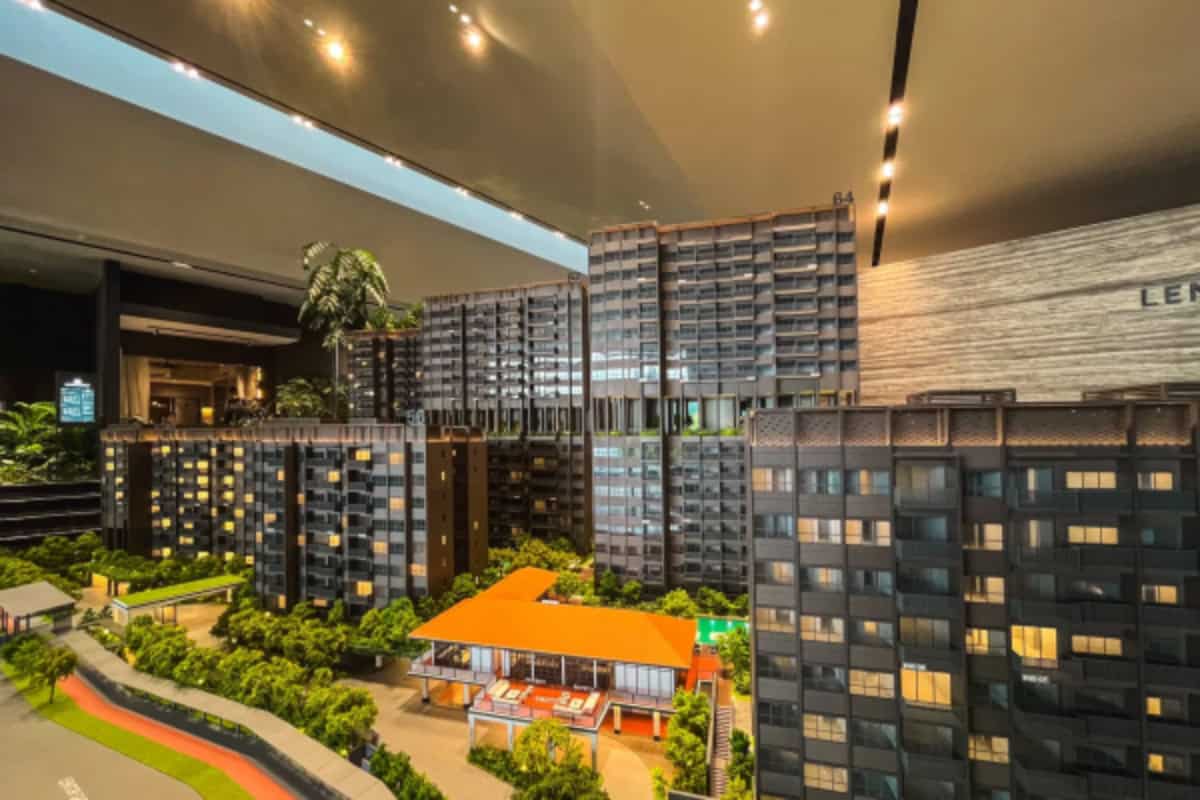
Top-tier tools prioritize user-friendly interfaces designed to be accessible even to individuals with minimal technical expertise. By providing immersive experiences of planned spaces, virtual tours enable stakeholders to gain firsthand perspectives on layout, scale, and ambiance. This interactive engagement facilitate collaboration by allowing remote participants to join and contribute simultaneously, leading to more efficient and inclusive space planning processes.
